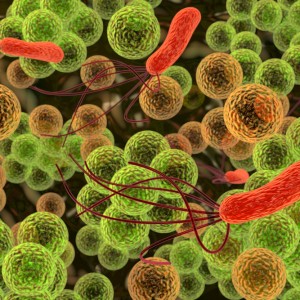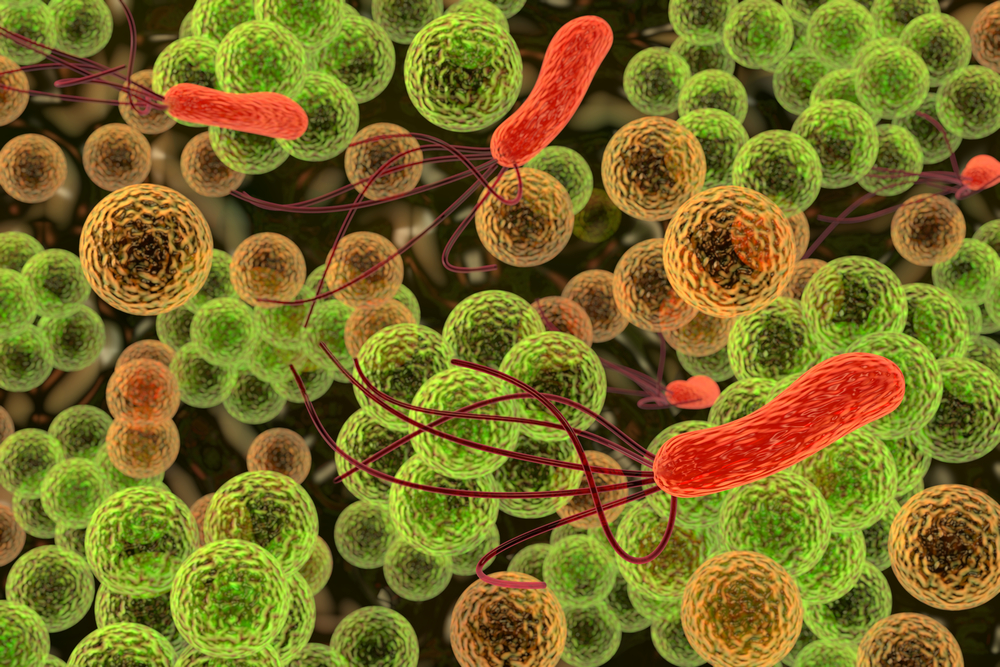 In a new study entitled “Innate sensing of microbial products promotes wound-induced skin cancer” a team of researchers at the King’s College London discovered that immune cells’ recognition of bacteria via innate mechanisms can trigger skin tumor formation. The study was published in the journal Nature Communications.
In a new study entitled “Innate sensing of microbial products promotes wound-induced skin cancer” a team of researchers at the King’s College London discovered that immune cells’ recognition of bacteria via innate mechanisms can trigger skin tumor formation. The study was published in the journal Nature Communications.
While the association between skin wounding, inflammation and cancer is well known, the mechanisms responsible for tumor formation in these settings are far from clear. Recessive Dystrophic Epidermolysis Bullosa (RDEB) is an example of this known association, a rare inherited skin disease characterized by skin wounding and high incidence of skin tumors.
The research team had previously observed that in a mouse model they developed to study wound-induced skin cancer, animals developed chronic skin inflammation and tumors upon wounding. This process was dependent on immune cells, such as macrophages. In this study, the team aimed to discover the mechanisms behind the observed phenotype.
The authors found that Toll-like receptor (TLR)-5, a receptor at the surface of immune cells that recognizes bacterial flagellin (a main component of bacterial flagella) is key for skin tumor formation. Specifically, the team discovered that TLR-5 induces the increased expression of HMGB1 (short for High Mobility Group Box 1) in mice wound-associated tumors. HMGB1 is known to be upregulated in RDEB patients and its serum levels correlate with disease severity. Notably, HMGB1 is induced by bacteria flagellin in epithelial cells. When the authors removed the TLR-5 receptor from immune cells, there was a significant reduction in HMGB1 expression. Thus, the authors suggest that skin tumors in RDEB patients may be reduced with a therapeutics based in systemic antibiotics, notably, by developing therapies that specifically target flagellin.
Professor Fiona Watt, Director of the Centre for Stem Cells and Regenerative Medicine at King’s College London and study leading author noted in a news release, “These findings have broad implications for various types of cancers and in particular for the treatment of tumors that arise in patients suffering from chronic ulcers or skin blistering diseases. In the context of chronic skin inflammation, the activity of a particular receptor in white blood cells, TLR-5, could tip the balance between normal wound repair and tumor formation. Our findings raise the possibility that the use of specific antibiotics targeting bacteria in wound-induced malignancies might present an interesting clinical avenue.”


